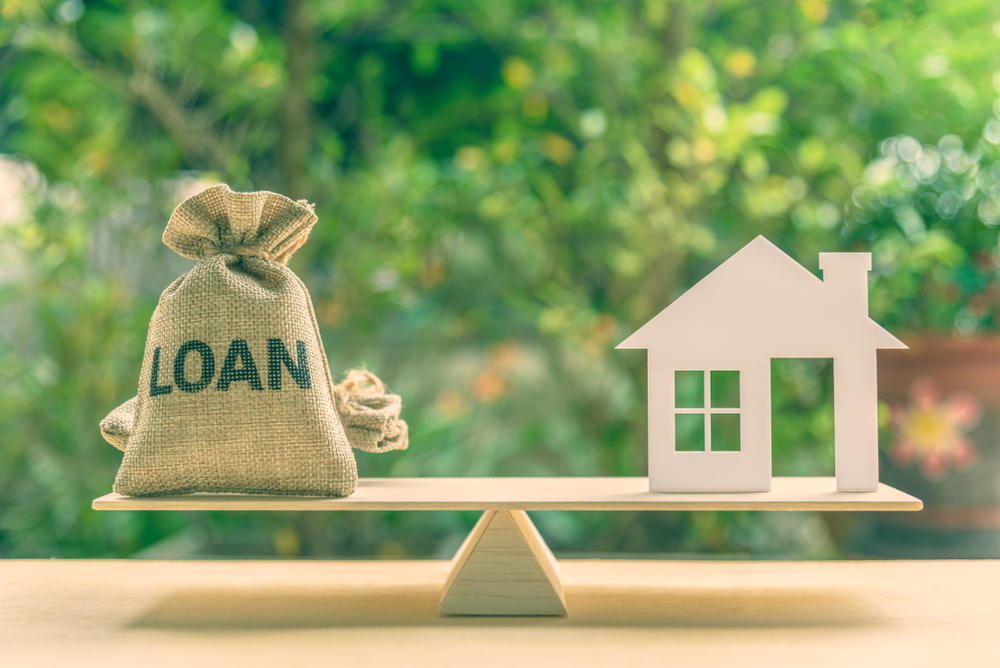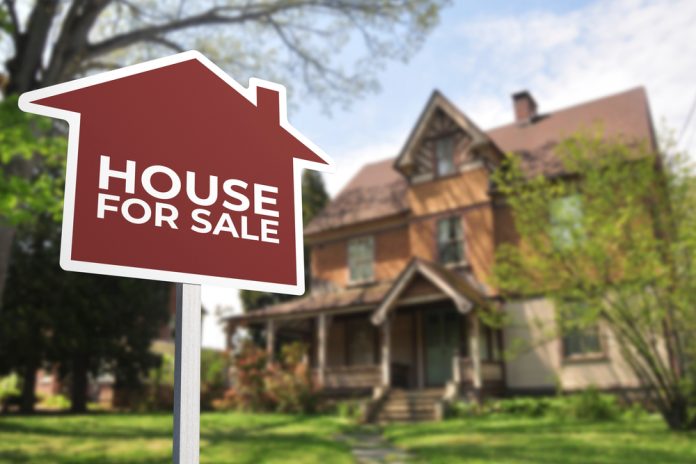Buying a home in 2025 comes with a mix of opportunities and challenges. Mortgage rates have eased slightly, sitting around 6.27% for a 30-year fixed loan, but home prices continue to climb. The median sale price in October was about $389,750, up nearly 2% year-over-year. With high prices and economic uncertainties, many potential buyers are understandably cautious about making one of the biggest financial decisions of their lives.
So, how do you determine exactly how much house you can afford without stretching your budget too thin? It requires looking beyond sticker price and monthly mortgage payments. By considering your income, debts, down payment, and hidden costs like taxes and insurance, you can get a realistic picture of your home-buying potential and avoid surprises down the road.
Affordability Basics
Home affordability is more than just picking a price range—it’s about how much your income, savings, and existing debts can realistically support while still covering day-to-day living expenses. To calculate this, lenders and calculators typically consider four main factors: location, annual income, down payment, and monthly debts.
Your annual household income includes everything before taxes—salary, bonuses, commissions, and side income. If you’re buying with a partner, include their income as well. Dividing that annual figure by 12 gives you a monthly income, which forms the baseline for determining what portion can be safely allocated to housing.
Adding precision to your numbers—like factoring in property taxes, insurance, and loan type—helps create an accurate estimate of what a lender is likely to approve. This approach allows you to plan for a home purchase without compromising your financial stability.
The 28/36 Rule
A widely used guideline in the mortgage world is the 28/36 rule. It recommends spending no more than 28% of your gross monthly income on housing and no more than 36% on total debt, including your mortgage. For example, if your combined monthly income is $5,000, $1,400 would be allocated to housing, and $1,800 would cover all debt obligations.
If you already pay $400 on a car loan and $200 on credit cards, that leaves $1,200 for your mortgage, taxes, and insurance. Sticking to this rule ensures you maintain a balanced budget, leaving room for savings, food, utilities, and occasional leisure activities. While not a strict law, it’s a practical framework that keeps your finances sustainable.
Down Payment Choices

The traditional recommendation is a 20% down payment, which helps you avoid private mortgage insurance (PMI) and lowers your monthly payments. However, many loan programs today allow smaller down payments—some as low as 3.5% through FHA loans or even zero through VA and USDA programs.
For example, on a $300,000 home at a 6.27% interest rate, a 20% down payment equals $60,000, resulting in a $1,479 monthly payment. A 10% down payment brings your monthly cost to about $1,643, while putting nothing down could increase it to $1,849 per month. The takeaway: the more you put down, the less you owe each month, giving you more breathing room in your budget.
Hidden Home Costs
Many first-time buyers overlook additional expenses like homeowners insurance, property taxes, and PMI if the down payment is below 20%. Homeowners insurance averages around $1,000 per year nationwide, while property taxes vary based on location. A $500,000 home in a 1.1% tax area, for instance, incurs roughly $5,500 annually.
PMI can add 0.5% to 1% of your loan annually if your down payment is below 20%. Combined with interest and principal payments, these costs can push your monthly obligation well beyond what you might expect if you only consider the mortgage itself. Including these factors in your calculations ensures your affordability estimate reflects reality.
Loan Types & Terms

The type of mortgage you choose can dramatically affect affordability. Fixed-rate loans provide stable, predictable payments over the life of the loan, while adjustable-rate mortgages (ARMs) start with lower rates that adjust after a few years. FHA loans allow smaller down payments but require PMI. USDA and VA loans cater to specific buyers, offering low or no down payment options without PMI.
Loan term also plays a role. Shorter terms, like 15 years, increase monthly payments but significantly reduce total interest paid. On a $300,000 home at 6.27%, a 30-year term costs about $1,849 monthly, while a 15-year term rises to $2,574 monthly but saves around $159,000 in interest. Choosing the right combination of loan type and term is essential for balancing monthly payments with long-term financial goals.
Credit Score Impact
Your credit score directly affects the interest rate you qualify for, which can have a major impact on affordability. Higher scores mean better rates, and even a half-percent reduction in interest can save thousands over the life of a loan. For instance, a $300,000 loan at 4% equals a $1,432 monthly payment, while a 4.75% rate increases it to $1,565—a $133 monthly difference that adds up quickly.
Lenders use the annual percentage rate (APR) to show the true cost of the loan, including fees and costs, allowing you to compare options accurately. Improving your credit score before buying can provide immediate financial benefits.
Get Pre-Qualified

Before shopping for homes, gather financial documents such as recent pay stubs, W2s, bank statements, credit reports, and debt information. Self-employed buyers should include profit and loss statements. Pre-qualification not only speeds up the loan approval process but also gives a clear picture of what you can afford today.
Knowing your budget in advance prevents disappointment and allows you to focus on homes within your reach, saving time and reducing stress during the search process.
Navigating the 2025 Housing Market
Even with slightly lower mortgage rates in 2025, many buyers still feel the affordability pinch. For a $300,000 home, a 6.27% rate translates to roughly $1,849 monthly. Including taxes and insurance pushes that past $2,000. Many Americans now need six-figure incomes to comfortably afford median-priced homes, making it essential to understand your finances before entering the market.
Factors like rising living costs and the “golden handcuff effect”—where current homeowners hesitate to give up low pandemic-era rates—tighten the market further. Buyers who approach the market with clear numbers and a realistic plan are better positioned for a smooth experience.
Taking a Realistic Approach

To make smart decisions, start with your household income and apply the 28/36 rule. Factor in your down payment, insurance, property taxes, PMI, and loan type. Use a home affordability calculator for a precise estimate. Accurate inputs give a realistic monthly payment, helping you avoid overextending and allowing for a comfortable lifestyle outside of your mortgage.
Being methodical about these numbers ensures that your home purchase aligns with both your current financial situation and long-term goals. It’s not about limiting dreams—it’s about buying wisely.
FAQ
How much house can I afford with a $60,000 annual income?
Using the 28/36 rule, about 28% of your monthly income can go to housing. On $60,000 annual income, that’s $1,400 per month for your mortgage, taxes, and insurance, assuming minimal other debts.
Do I need 20% down to buy a home?
No. While 20% avoids PMI and lowers monthly payments, programs like FHA, VA, and USDA allow lower or no down payments depending on eligibility.
How does my credit score affect affordability?
A higher credit score earns a lower interest rate, reducing monthly payments and saving money over the life of the loan. Even a half-percent difference can be significant.
What are hidden costs I should consider?
Insurance, property taxes, and PMI are often overlooked but can add hundreds of dollars to monthly payments. Including these ensures a realistic budget.
Is it better to choose a 15-year or 30-year mortgage?
15-year loans have higher monthly payments but significantly lower total interest. 30-year loans are more manageable monthly but cost more in interest over time.

